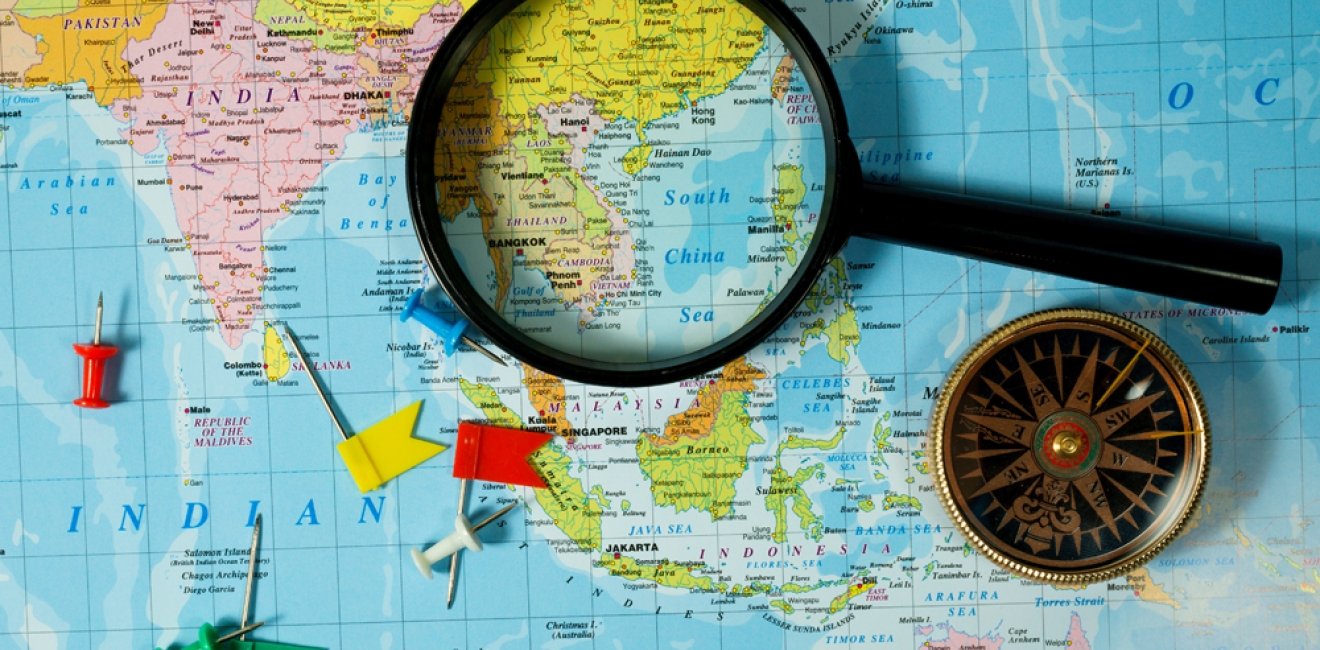
A blog of the Indo-Pacific Program

There is little question that the first half of the 21st century will see a momentous contest between the United States and China for primacy in Asia–with the initial focus on Southeast Asia and the South China Sea. In the decades following World War II the American preeminence in the region, politically, culturally, economically, and militarily, was clear even as U.S. forces left Indochina, their mission unaccomplished. However, the dramatic rise of China out of the ruins of civil war and Maoist excesses has changed the strategic landscape utterly. The Chinese economy and military are now Asia’s largest and both remain on a robust growth path. For America, the simple fact of China’s rapid growth and modernization would be hugely important, but not necessarily threatening to U.S. interests. China’s emergence has become a first order strategic concern as the scope of Beijing’s geopolitical ambition has come into focus.
It is clear that the Chinese government under President Xi Jinping is determined to establish China as Asia’s dominant power and the architect of regional security. That vision has no place in it for a continued American military presence of any significance. The implications sharpen when it comes to the South China Sea, which borders China, Taiwan, and five Southeast Asian countries. Over much of the last decade, Chinese statements and actions have conveyed the message that the South China Sea in almost its entirety is Chinese–not shared with other littoral states, not an international commons–but Chinese. This assertion of sovereign possession, repeatedly affirmed by Xi, himself, has ominous potential consequences. The busiest, most important commercial sea-lanes in the world traverse the South China Sea. The American, Japanese, Indian, and other navies regularly ply its waters. Beijing is asserting the right to control, if it chooses, all of that. This is of a piece with Chinese assertions of regional leadership. Beijing clearly expects Southeast Asia’s ten countries to subordinate their interests to China’s. The United States, for its part, maintains extensive security ties in the region–directly contradicting Beijing’s vision.
All this poses an important question. Is the Chinese leadership truly serious; are statements regarding China’s “rights” to the South China Sea calculated hyperbole–or not? The question is a real one. President Xi notwithstanding, China’s assertions of historical and legal possession of the South China Sea are entirely mythical. China has no plausible case for ownership of the South China Sea under international law–a fact that was conclusively determined in the recent decision by the International Tribunal on the Law of the Sea (ITLOS). To gain insight into the genuineness (or not) of Chinese official statements, the Wilson Center initiated translations of internal analyses by Chinese authors in official and semi-official roles. The documents in question were written in Chinese (untranslated) for a domestic expert audience. They did not carry a security classification but they were clearly intended for internal use only. The articles appeared in China Defense News, China Military Online, Liberation Army Daily, Journal of the Chinese Academy of Social Sciences, and the Journal of the Chinese Marxism Research Foundation. An analysis of these materials clearly indicates that the discourse and thinking within official/defense circles exactly mirrors public statements by Chinese civilian and military leaders.
More specifically these documents indicate:
- China’s strategic focus on Southeast Asia and the South China Sea reflects a considered judgment that both are critical to China’s strategic future. One author writing over a decade ago put it this way: “Although China’s geographic position causes China to face the sea; it does not border the ocean. Between the nearby seas and the greater ocean is an island chain composed of the Japanese archipelago, the Ryukyu Islands, Taiwan, and numerous Southeast Asian archipelagos.This is the ‘first island chain.’ To enter the larger ocean, China must pass through this island chain. The northern part of this island chain is currently controlled by the U.S.-Japan alliance. These areas can easily be blockaded during times of war since they are isolated frontally by Taiwan, which has still not been reunited with the motherland. Therefore, only Southeast Asia has passages [via the South China Sea] through which China can securely and with relatively few constraints enter and exit east to the Pacific Ocean and west to the Indian Ocean.”
- China’s claim to rightful possession of the South China Sea “since ancient times” is taken as incontestable truth. China’s military activities in the South China Sea are benign in intent and morally justified. International maritime law as reflected in the judgment of the ITLOS tribunal counts for nothing.
- Evolving Chinese perspectives on Southeast Asia clearly reflect the growth in Chinese power. An analysis written in 2003 stresses the need for China to build cooperative economic ties with Southeast Asian countries. However, analyses written in 2016 stresses China’s overriding geopolitical interest in the region. Whereas earlier commentary at least implied that China should take the views of Southeast Asian governments seriously, that theme disappears in the more recent documents. The clear message is that the views and supposed interests of the Southeast Asian countries in the South China Sea arena are inconsequential. There is only one external actor that the authors take seriously–the United States. But in contrast to China’s “constructive” approach to regional issues, the United States engages in “saber-rattling” intended to intimidate China. However, China “doesn’t show fear” and U.S. threats will “arouse China’s strong determination to safeguard its legitimate rights and interests.”
The views expressed are the author's alone, and do not represent the views of the U.S. Government or the Wilson Center. Copyright 2018, Asia Program. All rights reserved.
Author

Adjunct Professor, Johns Hopkins University; Former Professor of National Security Policy, National War College and Deputy Staff Director, Senate Select Committee on Intelligence



